The terms user experience (UX) and user interface (UI) are frequently used interchangeably. However, this is a common error because they each mean something completely different.
Many people who are new to the world of design and development are perplexed by the distinctions between UX and UI, so they simply lump all of their design’s visual elements into a single category.
In reality, UI and UX designers are two distinct jobs. Both are essential components of any software project’s design process, user flow, and final product. When designing a website or a mobile app, you must understand both UX and UI design.
This guide is ideal for anyone who wants to become a UI designer, UX designer, or simply improve their graphic design skills. This beginner’s guide to UI and UX in the tech industry examines their similarities and differences.
What exactly is user experience design?
User experience (UX) is an abbreviation for “user experience.” UX design, as the name implies, entails the interaction of a product with its end user. The interactive elements and responsive design of the user journey are referred to when we define UX.
What will happen if they press this button? Is the transition from this page to the next one smooth? Is there any stumbling blocks or issues with how a user navigates the page?
UX design’s primary goal is to enhance the user experience. It makes no difference how hard you work on your product or how successful you believe it will be. It will have problems if the end users are unhappy with it.
UX designers collaborate closely with marketers and product teams to understand the customers’ ultimate needs. It takes time to create a great user experience. User testing and research are common components of the UX design process. It’s common for UX design to continue after a software project has been released. You can collect user data and truly understand user expectations by using surveys and interviews.
This will quickly tell you if your target audience believes you have a poor user experience and will help you focus on what needs to be improved.
When you look at the top UX designer skills, you’ll notice that this subject goes beyond basic design abilities. To get UX design done right, you must be extremely well-rounded.
As a UX designer, you must consider the business objectives, technical constraints, and user needs. The user journey and delivering a positive experience must be prioritized.
Here’s a simple example to help you grasp UX design concepts.
Assume you’re developing an ecommerce application. If you’re already in the ecommerce business, you understand how crucial your shopping cart and checkout process are to your overall success. While your checkout flow may appear to work well in theory, it may not work well in practice.
Perhaps the “buy” or “checkout” button isn’t where it should be on the screen. Before proceeding to the checkout process, users must scroll. This seemingly minor annoyance can have a significant impact on the user experience and, as a result, reduce conversion rates.
As a result, a user experience designer maps the user journey to ensure a smooth user experience throughout the transaction.
What exactly is user interface design?
The design of a user interface (UI) differs from the design of a user experience (UX). Because the UI design process is more technical, UI designers must be well-versed in information architecture and command line interface code.
User interface designers create the graphical user interface and the user interface design. When creating interfaces, UI designers, like UX designers, must prioritize end users. The approach to the visual interface elements, on the other hand, is distinct.
During the initial stages of software development, UX design is usually prioritized. When it comes to color, typography, responsive design, buttons, icons, and other product features, UI designers collaborate closely with UX designers.
A user interface designer may begin with a sitemap or wireframes that clearly establish a content hierarchy. Then, using visual design elements, the design must convey that hierarchy.
In a nutshell, UI design is concerned with the appearance and functionality of a software product. It ensures that the user interface is intuitive by taking into account all of the page’s visual and interactive elements.
The interaction between a user and the design elements of an app or website is central to this role.
UX and UI Design Similarities
It’s easy to see the differences between UX and UI design when you compare the two. Despite these distinctions, UX and UI share some characteristics.
The user is central to both UX and UI (hence the names user experience and user interface). Both UX and UI are important factors in any software project that involves the entire user journey, whether it’s interaction design, user interfaces, customer analysis, mobile app design tools, or any other part of the user journey.
The UI team and the UX designers collaborate closely. While a UI designer is concerned with the technical aspects of a user interface, UX designers also play an important role in the UI designer’s job. As previously stated, UX design is usually prioritized. As a result, the UI designer will be unable to perform their duties until the user experience design is completed.
It’s also worth noting that UX and UI design are used for projects that are very similar. They are both crucial in mobile apps, web design, graphic development, and other digital products.
Here’s a nice graphic illustrating the overlap between UX and UI design elements:
UX and UI are intertwined in a variety of ways, as you can see. However, the roles remain starkly distinct.
If you look at job boards or open job listings for designers, you’ll notice that UI and UX designers both have a wide range of skills. This is usually due to hiring managers failing to recognize the distinction between the two roles. However, if you are serious about advancing your career as a designer, it is worthwhile to master both skill sets. When developing mobile apps or websites for clients, this can turn you into a valuable asset. The best UX professionals are also well-versed in user interface design.
What is the difference between UX and UI design?
Now, consider the distinctions between UX (user experience) design and user interface (UI) design. The simplest way to differentiate between UX and UI is as follows:
The technical components that allow users to interact with websites and mobile apps are the focus of user interface. The user’s overall perception of their software experience is emphasized in UX design.
Let’s look at UX and UI design for mobile apps. The user interface (UI) design category includes an app user who interacts with the design elements. It could include the ability for target users to navigate the screen, click on buttons, read content, and other similar activities. If a button is placed in an inconvenient location or the menu color is too similar to the background color, this is due to a problem with the product’s interface.
UX design, on the other hand, is all about your target users’ final takeaway. If the user’s experience is jeopardized due to flaws in the design, the UX designer must make changes.
Assume you’re developing a new mobile app that includes a search engine, such as Google. The home screen is designed simply, allowing users to quickly access the search engine. This is a fantastic UI design. But suppose the search engine took 10-20 seconds or more to load results. This would significantly degrade the user experience and thus fall under the UX (user experience) category.
UX vs. UI: What’s the Difference?
Aside from the obvious distinctions between UX and UI design, the following are some key takeaways:
- The look and feel of a website, mobile app, or software product is determined by user interface design.
- UX is more concerned with how the product will address the user’s problems or pain points.
- UI design is solely concerned with what happens on a computer, smartphone, or tablet’s screen.
- UX (user experience) extends beyond the screen to include all brand touchpoints and interactions with potential customers.
- The performance of software is heavily emphasized in the design of user interfaces (UIs). The design of the user experience (UX) extends to the beginning of the customer journey.
- The on-screen elements of the product’s interface are prioritized in UI design.
- Prototyping, user testing, market research, and development are all part of the UX design process.
- Colors, images, buttons, and typography are all elements of UI design.
- The goal of UX design is to create an easy-to-use software experience.
- The goal of UX design is to make mobile apps simple and efficient for users.
- The user interface design ensures that the software is optimized for various devices and screen sizes while maintaining an aesthetically pleasing appearance.
- The feelings and emotions that a user experiences when interacting with a website or mobile app are incorporated into UX design.
Finally, UX and UI are complementary because they both focus on the user.
Understanding the Functions of UX and UI Designers
Another way to understand the differences between user experience and user interface is to consider the various design roles. Understanding how the roles and responsibilities of a user experience designer differ from those of a UI team will help to clarify these terms.
What Is the Role of a UX Designer?
The following are some of the most common duties of a UX team:
- Conduct research to ensure that the strategic plan aligns with the goals of the stakeholders.
- Conduct user research on an ideal customer and create user personas.
- Handle information architecture when it comes to organizing content for a mobile app or website.
- Create wireframes and handle app prototyping.
- Creating the user flow to ensure that the customer journey is optimized through design elements.
- Conduct user testing with real people to validate ideas and make changes.
- Work directly with product managers and the research team to analyze test results and determine what to do next.
- The best UX designers are well-versed in all aspects of user behavior. This role entails more than just basic design principles. To nail UX design, you must have an analytical mind and be an excellent researcher.
UX Planet has a simple graphic that explains how a UX designer takes the user persona, identifies a problem, and then solves it in the design.
If you can complete this process, you will be an excellent UX designer.
What Is the Role of a UI Designer?
The design of the user interface is a little different. Let’s take a look at what UI designers are typically in charge of:
- Conducts design research on the product’s appearance and feel.
- Give insights into the most recent design trends.
- Take care of the product layout as well as all visual aspects of the user interface.
- Responsible for ensuring that the software product’s branding is appropriate.
- To ensure design consistency across the brand, use creative tools to organize pattern libraries and style guides.
- Graphic design, animation, and interactivity are all examples of responsive design.
- A good UI designer has strong problem-solving abilities and pays close attention to design details. They must also be excellent communicators
because they work closely with designers and engineers. As a result, UI designers must also have a technical background and understand how the tech industry operates.
How UX and UI Design Interact
Let’s return to the first point we made at the beginning of this article. Why are UI and UX always assumed to be synonymous when they are clearly so dissimilar? It appears that you can’t mention UI without bringing up UX in the next sentence.
This is why.
To be effective, any quality software product must include both UX and UI design. If the UI design fails to function properly, the user experience suffers immediately. Even the best user interface will be rendered ineffective if end users are dissatisfied with their experience.
If an app or website’s usability isn’t user-friendly, it’s nearly impossible for the user to have a pleasant experience. People will not return to your app if the user experience is poor.
Assume your UX designer conducts excellent user research and testing to optimize the UX. However, the buttons on your app are too small or too light, making it difficult for users to navigate. In this case, great UX will not be enough to compensate for poor UI.
Simply put, good UX cannot exist without good UI, and good UI cannot exist without good UX. These two design specialties appear to be joined at the hip.
How to Create a Great UX and a Smooth UI Design
So, how do you go about creating a good UX/UI design for your app? These are the factors that must be prioritized:
Investigate
You can’t design anything unless you first conduct market and user research. How will real-world users react to the design? How will you address their issues or pain points?
This must be a top priority from the start.
It’s also critical that you understand how your design elements will affect your product’s business goals. As a result, both UX and UI designers must be aware of an app’s or website’s long-term and big-picture goals.
Design Consistency
The design elements must be consistent throughout the journey as users interact with the software. For example, the “buy” button cannot be located in the top right corner of one product page and the bottom left corner of another.
You can’t make the screen layout compatible with portrait mode on half of the pages while only working well in landscape mode on the other half.
There should be smooth transitions from one screen to the next, and the user should not have to guess what the design elements are.
Clarity in Design
Every aspect of the design must be as straightforward as possible. This includes everything: buttons, images, text, typography, and so on.
You should also consider how easy it is for users to achieve their goals with your product. Consider the Uber app. What exactly is the goal here? Users want to reserve a ride.
When they open the app, the design allows them to schedule a ride with just one or two clicks. They don’t have to navigate three screens or go through a lengthy onboarding process in order to convert.
Responsive Design
The user interface must be responsive in order to provide a good user experience.
If a user clicks a button and nothing happens, or if the app crashes unexpectedly after performing an action, this is bad for both UX and UI.
There should be no downtime or delays in the loading of pages. If a transition is taking place, you could keep users informed by using a rotating clock or something to indicate that the action was received.
Design Is Familiar
Throughout the product, use a consistent template. This template should be familiar not only from screen to screen, but also with existing products on the market.
For example, where do you expect to find a menu when you visit a website? I’m guessing you expect it to be horizontally at the top of the page.
Consider landing on a page with a menu that ran diagonally from the bottom middle of the page to the top right corner of the screen. This attempt at creativity falls short of the familiarity that a user expects when interacting with a page.
Conclusions on UX and UI Design
UI design is concerned with the performance of the product, whereas UX design extends beyond the screen. UX and UI are very different, but they both need each other to survive.
To create a successful and user-friendly mobile app, you must understand both UX and UI design.
Contact Us at MDX if you want to create a stunning app without having to hire UX and UI designers. Begin with a beautifully designed template that incorporates all of the best UX and UI practices. Then you can concentrate your efforts on developing your app rather than getting bogged down in design details.
Reach out to our team at Marcelo Design X if you have complex needs that require a customized solution. We’d be delighted to design something one-of-a-kind for you that meets all of your design requirements.






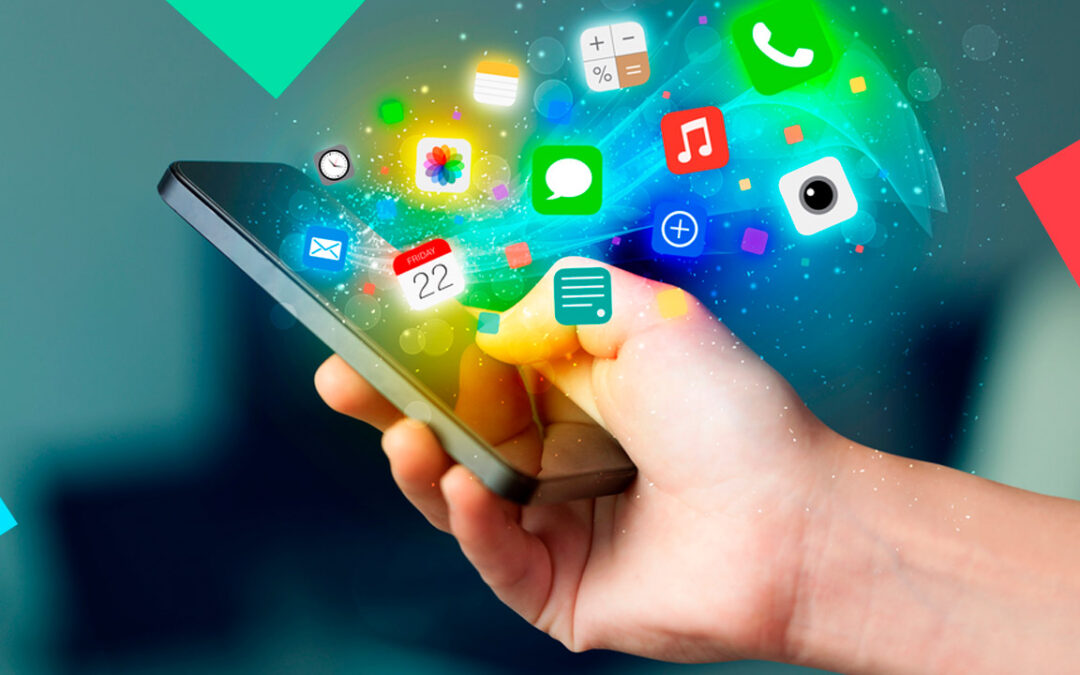
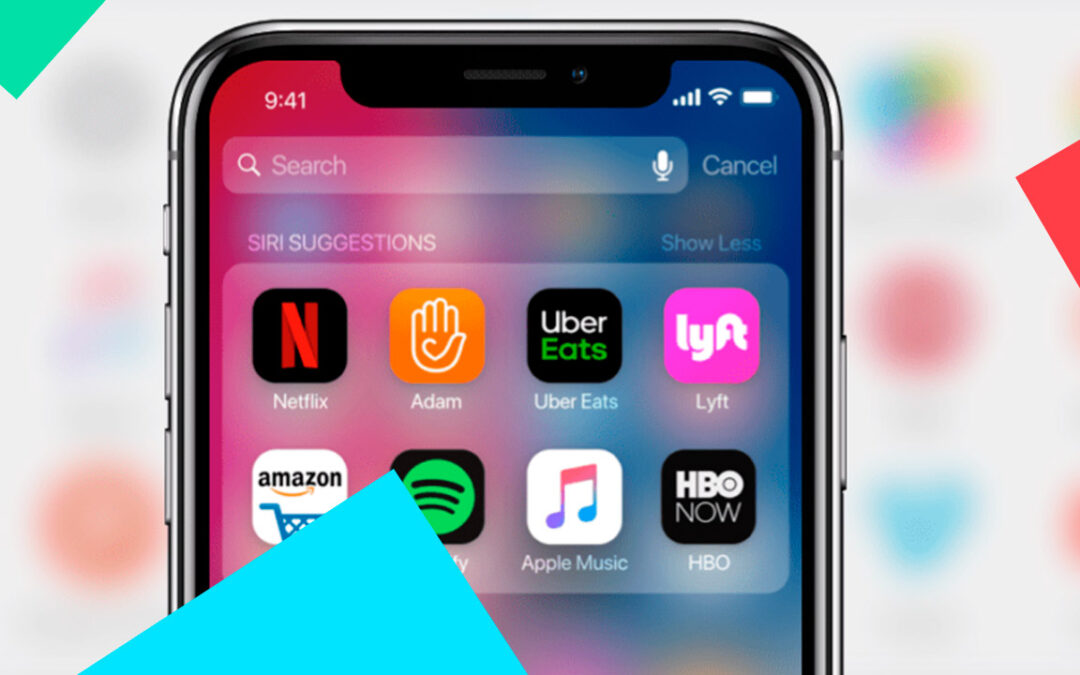
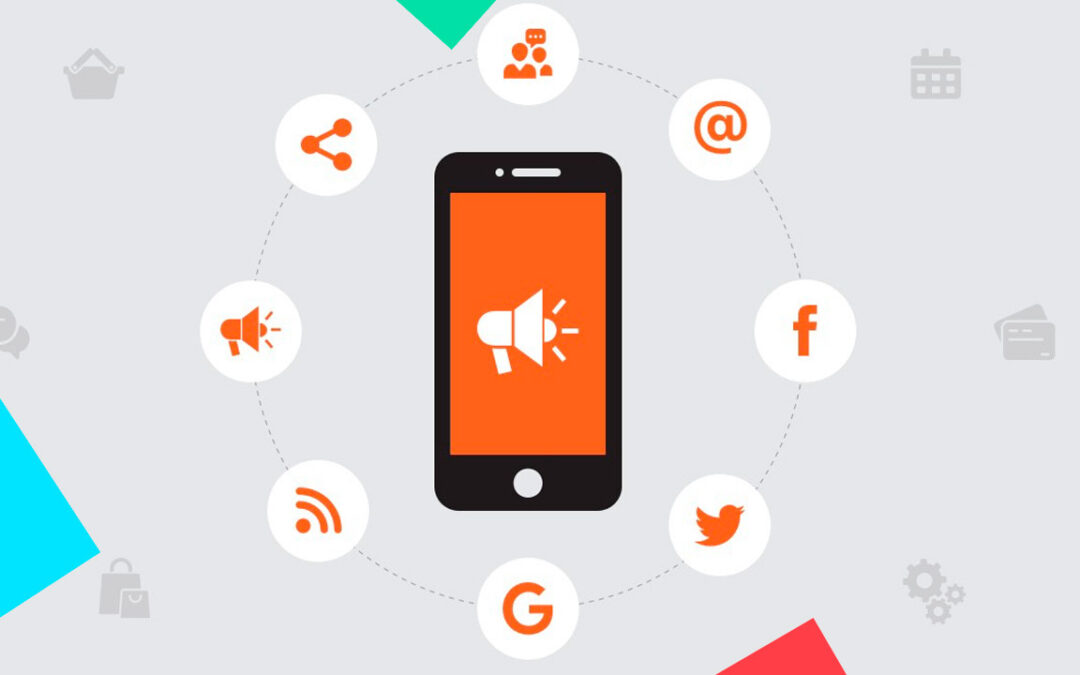
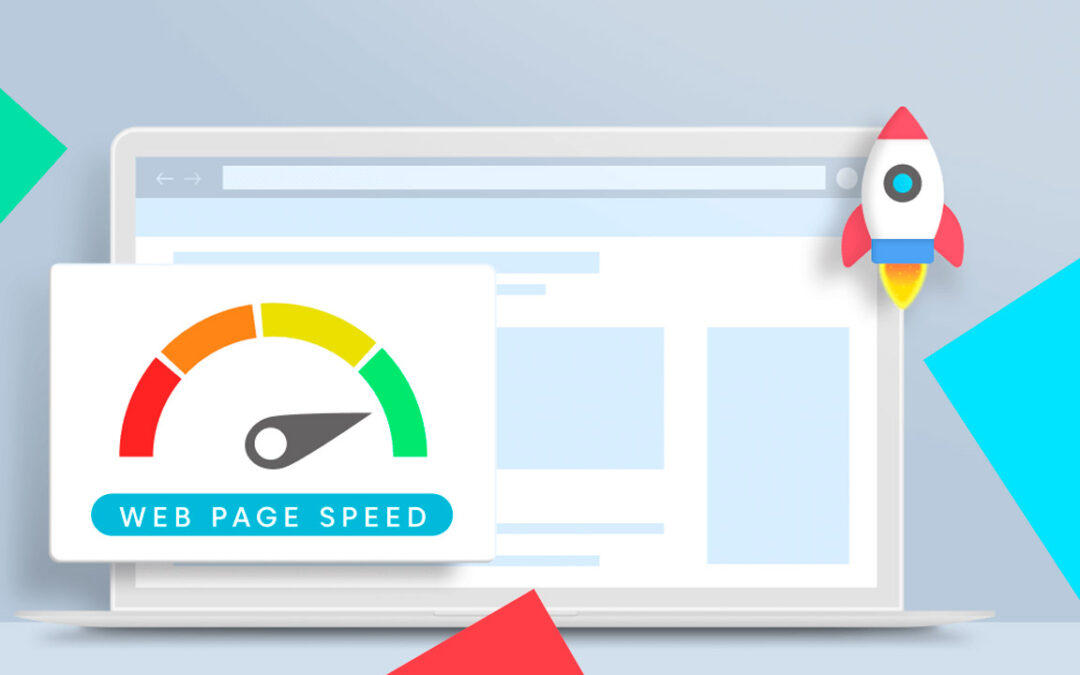
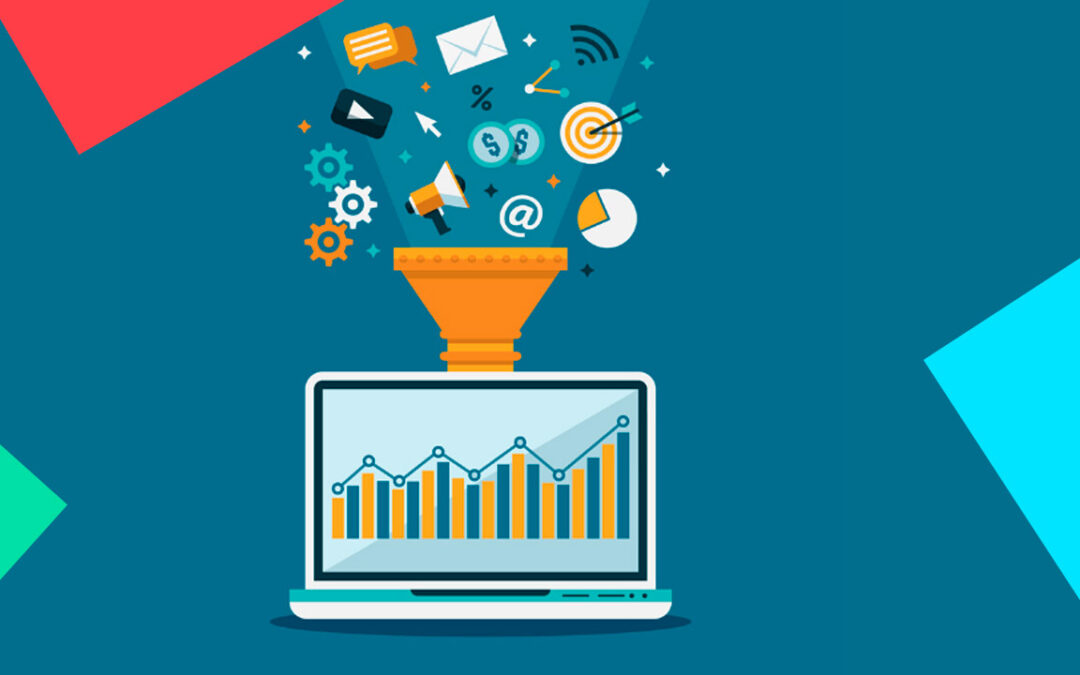

0 Comments